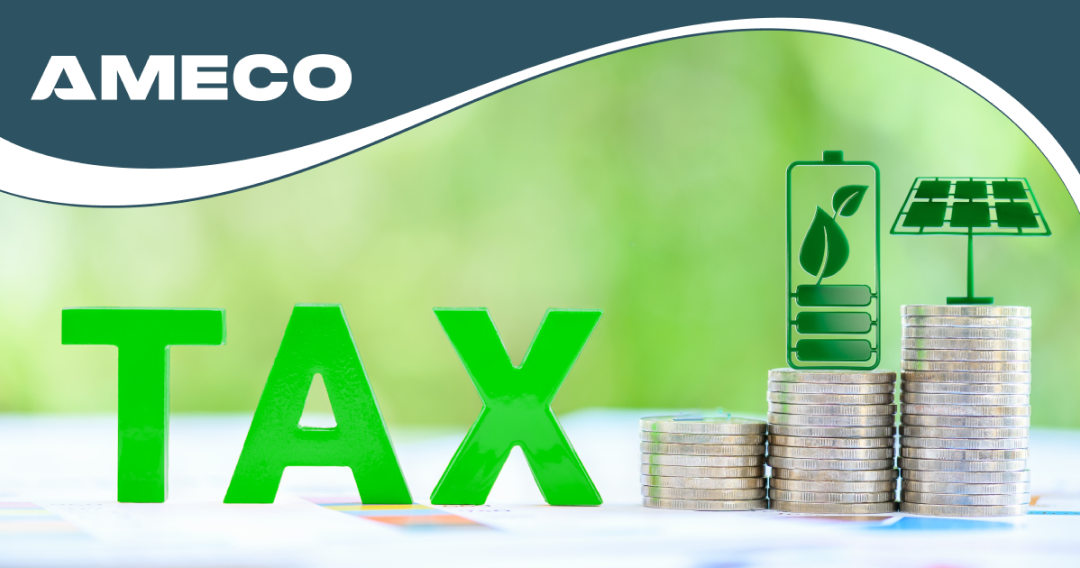Solar Tax Credit 2022 Updates: What Homeowners Should Know

The federal government introduced the Investment Tax Credit in 2006 to encourage homeowners across the United States to switch to a clean, sustainable energy source. Since then, the solar industry has grown by 10,000%. The last 10 years alone have seen at least 50% annual average growth. The industry has created thousands of jobs, contributed billions to the economy, and continues to push the country toward an eco-friendly future.
In addition to its environmental benefits, many homeowners are enticed by the tax credit for solar panels. Recent updates on solar tax credit have made it even more attractive. Keep reading to get updates on recent solar news.
Updates on the Federal Solar Tax Credit in 2022
If there’s one major solar tax credit 2022 update you need to know, it’s this: the federal government is extending the solar Investment Tax Credit to 2032, further encouraging homeowners to install a rooftop solar panel system on their properties.
The Inflation Reduction Act of 2022 states there will be a 30% tax credit for all solar equipment installed from 2022 to 2032. The tax credit will go down to 26% in 2033 and 22% in 2034. The tax credit applies to homeowners and individual adopters of solar power technology.
The 30% credit applies to standalone and co-located energy storage. The credit can also be rolled over to the following year.
Moreover, the investment tax credit can be as high as 50% with the right adders. The solar tax credit also has a direct pay provision, allowing developers to file it as a tax overpayment to get a cash payment.

How Does the Federal Solar Tax Credit Work?
Federal tax credits refer to a dollar-for-dollar income tax reduction called Investment Tax Credit (ITC). For example, you can reduce your federal income taxes by $1,000 if you can legitimately claim a $1,000 federal tax credit for solar panels.
You can get this specific tax credit by purchasing a solar photovoltaic system and installing solar panels on your residential property. You may qualify for the federal solar tax credit in 2022 if you installed the solar panels within the tax year.
Who Is Eligible to Claim Solar Panel Tax Credit in 2022?
Homeowner eligibility to claim a federal tax credit for solar panels in 2022 and the succeeding years depend on the following criteria:
Installed a solar PV system between January 1, 2017, and December 31, 2034.
The solar PV system is installed in the primary house in the United States.
The system earned interest in an off-site community solar project, given that the electricity generated by the solar panels does not exceed household consumption. It should also be credited against electricity consumption.
The solar PV system was purchased through cash or financing. Leasing a system or purchasing electricity from a solar company will not be eligible for the solar tax credit.
The solar PV system must be new or have been used for the first time within the tax year. The solar tax credit can only be claimed upon the original installation of the equipment.
Note that the tax credit is set to expire in 2035 unless Congress chooses to renew it. So, take the opportunity to transition to solar today.

Where and How Can You Claim Solar Tax Credits?
After installing your solar power system—and as long as it meets the remove criteria—you can claim your solar tax credit.
The process is quite simple: fill out IRS Form 5695 alongside your federal tax return (Form 1040 or Form 1040NR).
You may seek professional tax advice to ensure you’re eligible for the solar tax credit.
Are You Ready to Go Solar?
Around 3 million U.S. homeowners have installed a solar panel system and are now saving on monthly utility bills and helping the fight against climate change.
Here are some steps you need to take before you make the transition:
Look for reliable, insured solar companies to install solar panels on your roof. You can ask for recommendations from other homeowners who have gone solar.
Check whether your roof can support solar panels. Your solar installer can do this, or you can consult a roofing expert or structural engineer.
Calculate the solar energy potential of your home. Check rooftop angles and how much daylight it gets.
Calculate your monthly, seasonal, and annual electricity needs. You can maximize your solar panel system by first conducting a home energy audit.
Check your financing options. Remember that purchasing your own system is the only way to benefit from solar tax credits and other incentives.
Ensure your solar panel installer has all the information and documents needed to get permits and schedule the required inspections.
Explore community solar programs and other clean energy sources if your property is currently not suitable for a solar panel system.

AMECO Solar & Roofing is a trusted solar panel company in So Cal and Long Beach. We are ready to provide answers to all your concerns, from general questions about solar energy to specific inquiries about California solar tax credit in 2022. Get in touch with us today!









.svg)
